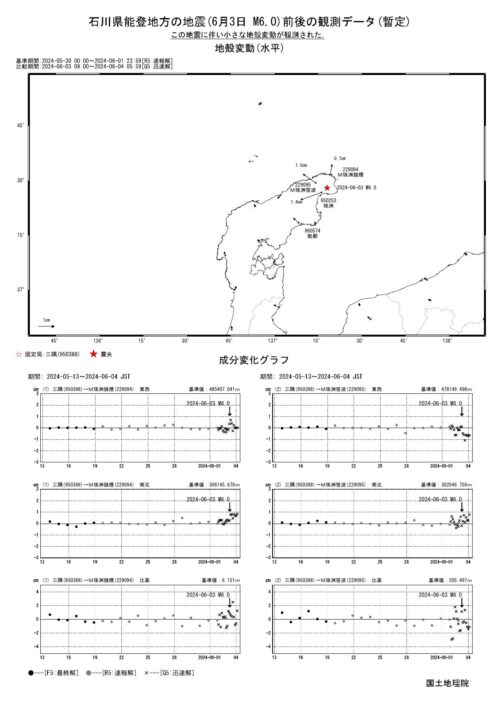2024-06-03 アルゴンヌ国立研究所(ANL)

The colored regions of this transmission electron microscopy image highlight the grain boundaries in a nanodiamond. (Image by Dionne Group/Stanford University.)
<関連情報>
- https://www.anl.gov/article/stanford-scientists-bring-crystal-clarity-to-diamonds-quantum-signals
- https://www.pnas.org/doi/10.1073/pnas.2308247121
シリコン空孔カラーセンターの発光不均一性の原因をクライオカソードルミネッセンス顕微鏡で解明 Unraveling sources of emission heterogeneity in Silicon Vacancy color centers with cryo-cathodoluminescence microscopy
Daniel K. Angell, Shuo Li, Hendrik Utzat, +7, and Jennifer A. Dionne
Proceedings of the National Academy of Sciences Published:March 29, 2024
DOI:https://doi.org/10.1073/pnas.2308247121
Significance
Color centers are promising quantum optical sources for future quantum information systems. However, it remains unknown how their atomic crystalline structure influences their optical emission. Here, we utilize a unique light-coupled cryo-electron microscope, outfitted with spectrometers for cathodoluminescence, to unveil how atomic-scale crystalline structure influences quantum optical emission. We focus on silicon vacancies in diamond, which are among the most promising color centers for solid-state quantum optical systems. We find grain boundaries created during the diamond crystal growth create distinct pockets of silicon vacancy emission. The expansion of the diamond lattice across grain boundaries modifies the emission, with tensile strain leading to higher emission energy and increased brightness.These findings help inform optimal materials structure for future quantum sources.
Abstract
Diamond color centers have proven to be versatile quantum emitters and exquisite sensors of stress, temperature, electric and magnetic fields, and biochemical processes. Among color centers, the silicon-vacancy (SiV−) defect exhibits high brightness, minimal phonon coupling, narrow optical linewidths, and high degrees of photon indistinguishability. Yet the creation of reliable and scalable SiV−-based color centers has been hampered by heterogeneous emission, theorized to originate from surface imperfections, crystal lattice strain, defect symmetry, or other lattice impurities. Here, we advance high-resolution cryo-electron microscopy combined with cathodoluminescence spectroscopy and 4D scanning transmission electron microscopy (STEM) to elucidate the structural sources of heterogeneity in SiV− emission from nanodiamond with sub-nanometer-scale resolution. Our diamond nanoparticles are grown directly on TEM membranes from molecular-level seedings, representing the natural formation conditions of color centers in diamond. We show that individual subcrystallites within a single nanodiamond exhibit distinct zero-phonon line (ZPL) energies and differences in brightness that can vary by 0.1 meV in energy and over 70% in brightness. These changes are correlated with the atomic-scale lattice structure. We find that ZPL blue-shifts result from tensile strain, while ZPL red shifts are due to compressive strain. We also find that distinct crystallites host distinct densities of SiV− emitters and that grain boundaries impact SiV− emission significantly. Finally, we interrogate nanodiamonds as small as 40 nm in diameter and show that these diamonds exhibit no spatial change to their ZPL energy. Our work provides a foundation for atomic-scale structure-emission correlation, e.g., of single atomic defects in a range of quantum and two-dimensional materials.



